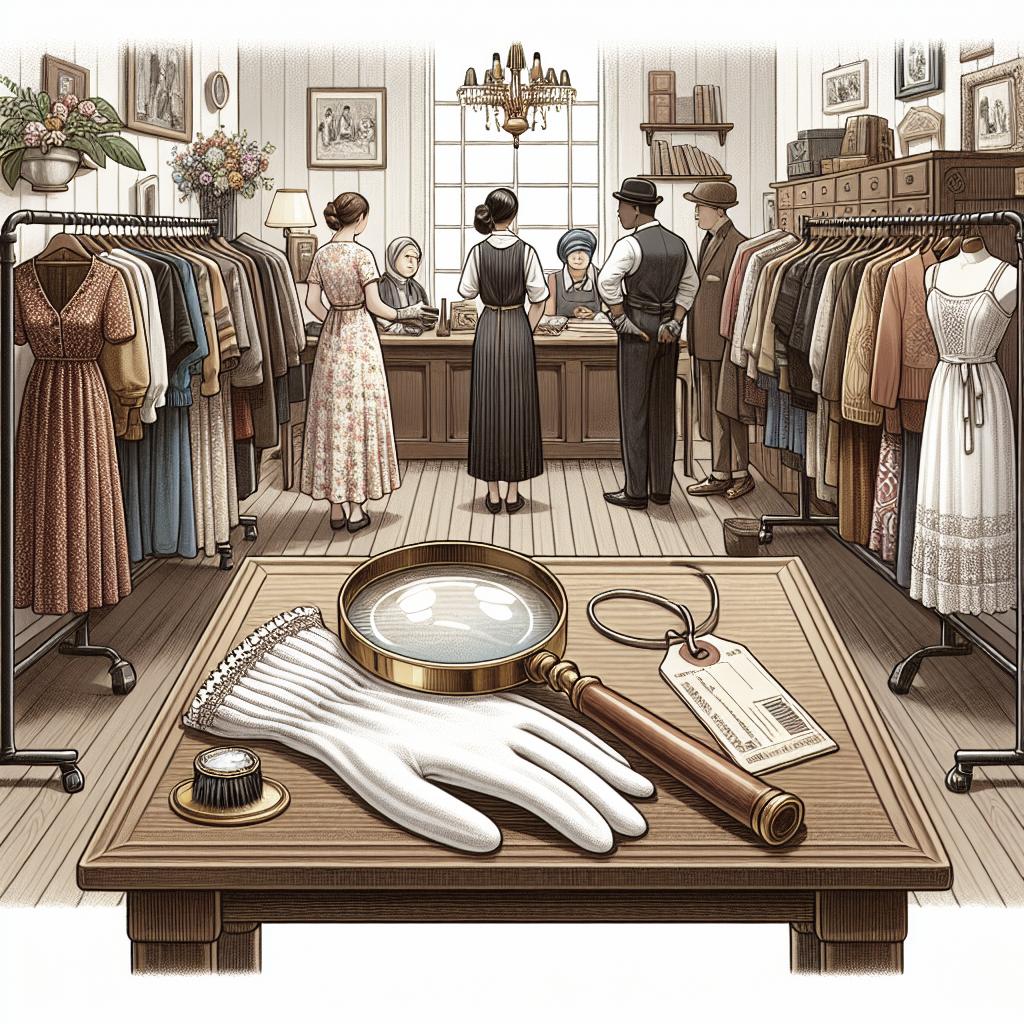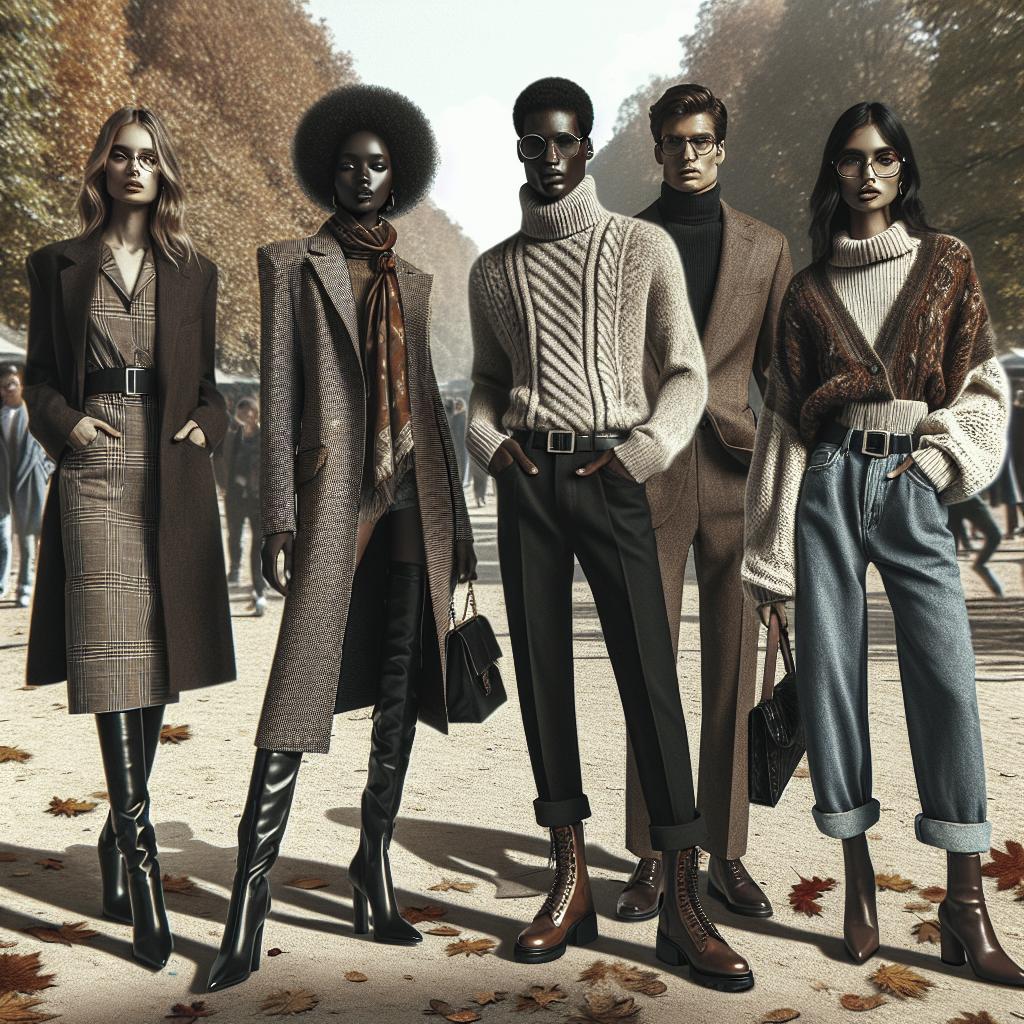“`html
How To Shop For Vintage Clothing
Shopping for vintage clothing is more than just a hobby; it’s an adventure into discovering unique pieces that tell their own story. Unlike conventional shopping, buying vintage requires a unique mindset, organization, and a bit of patience. From understanding how to spot genuine vintage items to knowing when and where to search, this guide provides you with the ultimate tips for shopping vintage. By setting a budget, being prepared for unexpected finds, and caring for your purchases with proper tailoring and cleaning, you can embark on a successful vintage shopping journey and perhaps score one-of-a-kind wardrobe gems.
TIPS FOR How To Shop For Vintage Clothing
Shopping for vintage clothes can seem overwhelming at first. However, with a structured approach, you can navigate through racks and piles with ease. A good starting point is to educate yourself on styles and eras you are particularly fond of. Familiarity with the fashion history will help you spot pieces that stand out.
Once you have an understanding, make a list of items you’re interested in. While spontaneity can lead to surprising finds, having a plan ensures you don’t overlook sought-after pieces. Additionally, take your measurements with you as vintage sizing can vary dramatically from today’s standards.
KEEP AN OPEN MIND
Approaching vintage shopping with an open mind is essential. Remember, vintage stores house various styles, cuts, and brands from different fashion periods. The charm lies in discovering items you wouldn’t typically consider. Let your imagination wander and visualize how different pieces might fit into your wardrobe.
Often overlooked are items that can be easily altered. If you find something you love that doesn’t quite fit, consider how minor tailoring could transform it. An open mind accompanied by a readiness to see potential in each piece can lead to fabulous discoveries.
SET A TIME LIMIT
It’s easy to lose track of time when hunting for vintage treasures. Setting a time limit for each shopping session can prevent fatigue and decision paralysis. Dedicate specific periods to vintage shopping to ensure you’re fresh and focused.
Prioritizing sections or specific items within your timeframe can enhance your experience. Say, spending the first half searching for outerwear and later for accessories ensures that you give adequate attention to each category without overwhelming yourself.
SET A BUDGET, BUT BE FLEXIBLE
Having a budget is crucial when shopping vintage to avoid overspending. Assign specific amounts for different items but leave a wiggle room for those unexpected majestic finds. Sometimes the perfect vintage piece might cost a bit more but will be a worthy investment.
Remember, the value of vintage lies not only in the piece itself but also in its rarity and uniqueness. Allow yourself to be flexible; a slight budget extension could secure a timeless item you won’t encounter again.
TRY EVERYTHING
When shopping vintage, trying on clothes is imperative, as fits can vary drastically not only from contemporary sizing but also among the wears within the vintage eras themselves. What looks good on a hanger may surprise you once worn.
Moreover, vintage clothing can have different silhouettes. To make the most informed decision, try on everything and be open to exploring styles beyond your usual preference. You might uncover styles that suit your frame beautifully.
SEARCH FOR FLAWS
As with anything pre-owned, vintage clothing may come with signs of wear. It’s crucial to inspect garments for flaws, which include stains, tears, missing buttons, or faulty zippers. Small imperfections can typically be remedied, though extensive damage might require reconsideration.
While minor flaws can often be overlooked or repaired, be honest about your ability to fix them. Consider the cost and effort of repairs into your overall budget, to avoid ending up with items that remain unwearable despite their charm.
FEEL THE FABRIC
The tactile sensation of touching fabric can tell a lot about a vintage item’s quality. Natural fibers like cotton, silk, and wool usually denote durable, high-quality garments that withstand the test of time. The feel of the fabric can also hint at the care the item needs.
Experiment with touch to become familiar with different textiles and their attributes. Recognize that genuine vintage fabric is likely to differ in feel from modern materials, which can enrich your appreciation of an item’s construction and era.
UNDERSTAND TRUE VINTAGE
Understanding what qualifies as “true vintage” is core to a refined selection process. Generally, true vintage is classified as items older than 20 years, with markers like labels, fasteners, and stitching often providing clues to authenticity and era.
Research labels and designers to ensure you’re purchasing genuine articles from the intended time periods. Familiarize yourself with well-known brands and their hallmarks which could mean the difference between a common piece and a collector’s item.
HAVE A TAILOR + DRY CLEANER
Establishing a relationship with a skilled tailor and a reliable dry cleaner is invaluable for vintage collectors. Tailoring can customize pieces to your body, turning a charming find into a perfectly fitting staple.
Conversely, a good dry cleaner can advise on the proper care and maintenance of delicate vintage materials ensuring their longevity. Equip yourself with professional resources to protect your investments for continued enjoyment and wear.
Where To Shop For Vintage Clothes
Identifying the best venues for vintage shopping can maximize the success of your finds. Besides traditional thrift stores and dedicated vintage shops, explore online marketplaces, estate sales, and even local flea markets.
Each location provides a unique assortment of clothing, often reflecting regional styles or historical contexts. Diversifying your search territory can amplify your chances of finding unique and rare items.
Here are the suggested next steps for your vintage fashion adventure:
| Tip | Action | Outcome |
|---|---|---|
| Keep An Open Mind | Consider various styles and potential alterations. | Discover unexpected gems that extend your style. |
| Set A Time Limit | Allocate specific shopping durations. | Stay focused and efficiently prioritize your shopping. |
| Set A Budget, But Be Flexible | Create a spending plan with room for adjustments. | Control spending while accommodating special finds. |
| Try Everything | Experiment with different fits and styles. | Discover flattering clothing shapes and silhouettes. |
| Search For Flaws | Inspect items for imperfections. | Ensure items are restorable, sustaining your finds. |
| Feel The Fabric | Get tactile with textile quality. | Enhance garment appreciation and inform maintenance. |
| Understand True Vintage | Research era specifics and brand differentiators. | Authenticate vintage status and enhance collectibility. |
| Have A Tailor + Dry Cleaner | Engage professional tailoring and cleaning support. | Maintain and adjust garments for long-term use. |
| Where to Shop | Explore various vintage venues. | Discover unique styles and broaden your wardrobe. |
“`


